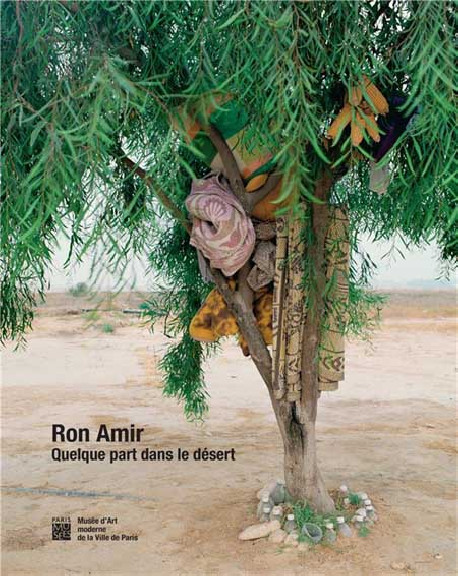No products
Product successfully added to your shopping cart
There are 0 items in your cart. There is 1 item in your cart.
Our webstore uses cookies to offer a better user experience and we consider that you are accepting their use if you keep browsing the website.

Exhibition catalogue
- New Art Books
- Exhibition catalogue
- Highlights
- Art Book Sale
- Museum's Shop & Gifts
- Bilingual art books and foreign editions
- Children's Books
- Art History
- Painting
- Architecture
- Sculpture
- Drawing & Engraving
- Photography
- Contemporary art
- Decorative Arts & Design
- Art Techniques
- Critics
- Entertainment art books
- Civilisations
- Partners Reviews
Ron Amir. Somewhere in the Desert
Already shown at the Israel Museum in Jerusalem in 2016, the exhibition – 30 large-format colour photographs and 6 videos – looks at the living conditions of Sudanese and Eritrean refugees in the Holot detention centre in the Negev Desert, which has since been shut down.
| Model | 9782759603978 |
| Artist | Ron Amir |
| Author | Noam Gal, Emmanuelle de L'Ecotais, Arjun Appadurai, Reut Michaeli |
| Publisher | Paris Musées |
| Format | Ouvrage broché |
| Number of pages | 117 |
| Language | Bilingue Français / English |
| Dimensions | 263 x 208 |
| Published | 2018 |
| Museum | Musée d'Art Moderne de la Ville de Paris |
Exhibition Catalogue Ron Amir. Somewhere in the Desert, présented at the musée d'Art Moderne de la Ville de Paris (14 september - 2 dec. 2018).
In flight from terrorism and oppression in their home countries, these migrants were not able to live or work legally in Israel. While allowed to come and go freely during the day, they had to check in and out each morning and evening.
Dating from 2014–2016, Ron Amir's photographs document the refugees' daytime activities, showing how, in the desert and with no resources, they set about shaping a shared everyday existence. Using sticks, sand, stones and all kinds of abandoned bits and pieces, they managed to put together community huts, tearooms, sporting facilities, improvised ovens and other additions to the spartan facilities provided at Holot.
We don't actually see the refugees in the photographs: instead Amir conveys indirectly but clearly their sensitivity, creativity, and instinct for survival. Lingering over what at first glance looks like a landscape, we discover eloquent testimony to a patient waiting for freedom, to togetherness and to the hope of finding a home.
One of the things that mark out Amir's work is his active involvement in the lives of the –as a rule socially marginalised – communities he photographs. His initial visits to Holot had no particular purpose apart from getting to know the asylum seekers. From the outset, though, the boundaries between art and political action began to blur, and in contrast with traditional documentary and press photography, Amir's images carry several messages at the same time. Speaking of communal distress while revealing the prolific inventiveness of its victims, they are both chronicle and metaphor.
Recently viewed items







